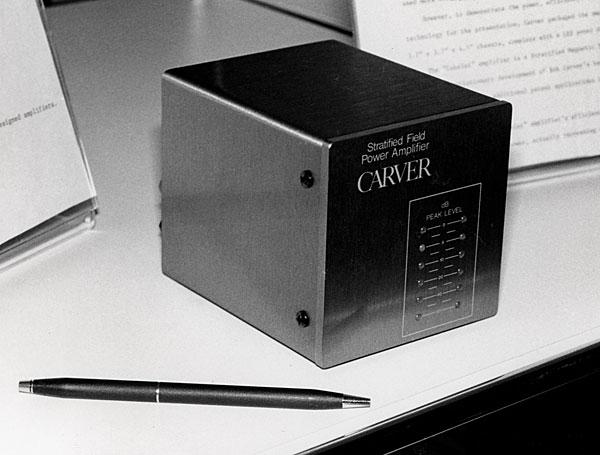Ralph certainly needs no advocate to ’defend’ him, but could not stay silent after post that is written above.Whatever Ralphs ’purpouse’ might be, I have learned a lot reading his posts. He even found the time to answer my private msg.about hi fi gear that was not produced by his company. On the other hand, I am quite certain that nobody will find the ’purpose’ of the posts written by ’author’above...
Class D amplifiers. What's the future look like?
I have a number of amplifiers: Luxman C900U, Bryston 4BSST2, Audio Research VSI 60 Integrated, NAD C298 and some other less noteworthy units. As I swap them in and out of my main system, I've come to the conclusion my very modest NAD C298 is about all I really need. Granted if I had extremely hard to drive speakers, I might be better with the Bryston or Luxman, but driving my Harbeth 40.2 speakers, the NAD is just fine.
I thought a while ago that class D would quickly overtake amplifier design type mainly due to profit margin which I think would be much greater than A/B and tube. I'm not saying the other design styles would go away, just that D would be the most common style.
Clearly my prediction is not panning out, at least in the mid and high-end audio world and I'm wondering why? It seems companies such as Bryston, Luxman, McIntosh, Hegel and so many others are sticking by A/B. I'm no "golden ears" guy, but is the perceived sound issue(weather real or imaginary) still holding D back? Maybe my assumption of profit margin is not correct? Maybe the amplifier manufacturers are experimenting with D, but keeping tight lipped until release? Perhaps brand loyalists don't want change similar to what happened with "new coke". What else am I missing?
- ...
- 159 posts total
After years of reading posts we can distinguish easily honesty and stupidity... Atmasphere is under the label "honesty" for me... it does not means that he is right in all he said but that he put his name on what he said... I believe him , anyway i had no competence in amplifier design...but he is not alone in a desert , others experienced this new types of amplification... Then listening to atmasphere explanation and thinking about it is better than accusing him with no competence to sustain the accusation .. My 2 cent.... |
Well, 40 years ago, Bob Carver's Cube was Class D wasn't it?
https://www.hifinews.com/content/carver-m-400-cube My friend Wayne at Harvey's let me know one was coming out of the shop to the used shelf. Like many purchases from that shelf, I didn't need it, bought it just because. Ended up using some inefficient speakers in my office, put that cube in a tight space on a shelf near my head, on for hours, the heat was nearly non-existent, I also has a Carver AM/FM Tuner with his unique features, and ended up with nothing but respect for his mind. Point is, here we are 40 years later talking about Class D. They have been all around us for years, current uses listed on wiki are interesting. Scroll down to uses https://en.wikipedia.org/wiki/Class-D_amplifier I imagine my self powered home theater sub with 1000 watt amp is class D, I sit very near it, no apparent heat. Yet, I am skeptical regarding using Class D in my primary listening setup. I've never heard Class D in a main music system. In any case, I prefer tubes since inheriting (in 1973) a tube unit made in 1958. I only sold those mono blocks (to Steve at VAS) because they didn't have remote volume and I liked the new to me Cayin's sound as much as them. |
I think this post is off base. Ralph can use any amp he wants in his system but chooses to use his GaN amp — not really sure why he’d be fooling himself. And unlike some others here he never tries to “sell” his stuff here and mainly just provides very knowledgeable and helpful info to folks on the site and most of the time on topics that have nothing to do with his products. Not sure where all this cynicism is coming from. |
@elliottbnewcombjr - The Carver amp is not class D. It uses a class G output stage. This is essentially class A/B with multiple supply rails which are switched in based on the signal level, so in most situations, the amp is using relatively low 25v rails. It also employs an unusual power supply design where the primary (connected to the mains) is switched using a triac (similar to a dimmer switch) to minimize magnetic core saturation allowing a much smaller transformer to be used. This design produced prodigious power for it's size, but was not a particularly good sounding amp (in my opinion).
|
- 159 posts total


